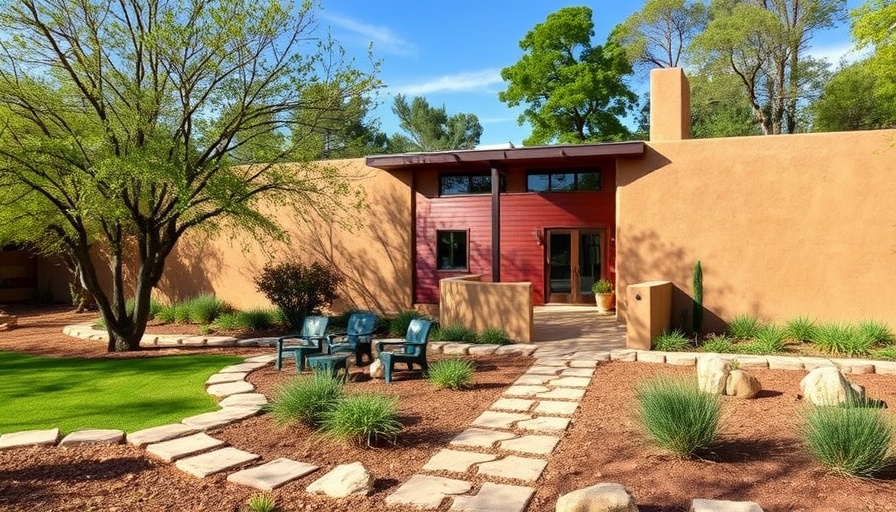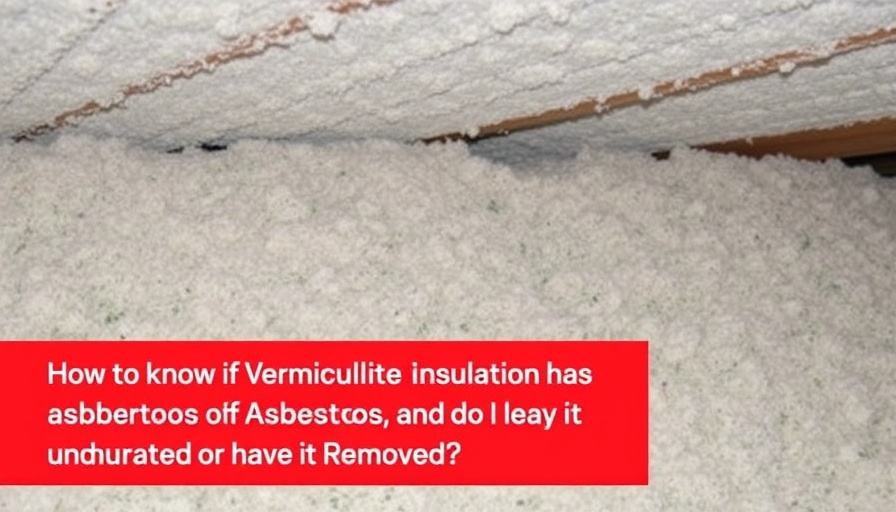
Discover the Allure of Rammed Earth Walls
Rammed earth walls have reemerged in contemporary architecture as not just a structural choice but a testament to sustainable living. This ancient method dates back thousands of years and harmonizes with modern aesthetic sensibilities, offering homeowners customizable options while significantly reducing carbon footprints.
The Sustainability of Rammed Earth Construction
One of the most compelling aspects of rammed earth walls is their environmental benefits. Utilized in construction, rammed earth minimizes the need for synthetic materials, relying instead on locally sourced earth. As many homeowners in London aspire to build eco-friendly houses, this material aligns perfectly with their values, showcasing that sustainability can indeed be beautiful.
Versatility and Design Aesthetic
What sets rammed earth walls apart is their stunning versatility. The texture and color of these walls can be modified by incorporating different aggregates or pigments, allowing homeowners to tailor their home’s exterior and interior to their exact preference. This personalized touch resonates particularly well within London’s vibrant community, where personality and unique styles are embraced.
Cost Implications and Considerations
While the initial investment of rammed earth construction may be higher compared to conventional materials, it’s important to consider its durability and thermal efficiency. Rammed earth offers excellent insulation, potentially lowering heating and cooling costs over the life of the building. For homeowners in London looking to balance cost with long-term sustainability, rammed earth serves as a compelling alternative worth exploring.
Building Resilience Against Climate Change
With increasing concerns over climate change and urban heat, rammed earth walls provide an adaptive solution. Their thermal mass maintains stable indoor temperatures, effectively reducing reliance on energy-consuming cooling systems during warm months—a particularly crucial advantage given London’s fluctuating climate.
How to Get Started with Rammed Earth Walls
Interested homeowners can start by consulting local experts in sustainable architecture who specialize in rammed earth construction. Engaging with professionals who understand the techniques, community regulations, and environmental expectations can pave the way for successfully integrating rammed earth walls into any new or retrofitted structure.
Conclusion
As sustainable building practices gain traction, rammed earth walls present an attractive choice for forward-thinking homeowners in London. Beyond mere aesthetics, they embody a commitment to environmental stewardship without compromising on beauty or functionality. The seamless blend of nature and design presents an exciting opportunity for those ready to embrace a more sustainable lifestyle.
 Add Row
Add Row  Add
Add 




Write A Comment